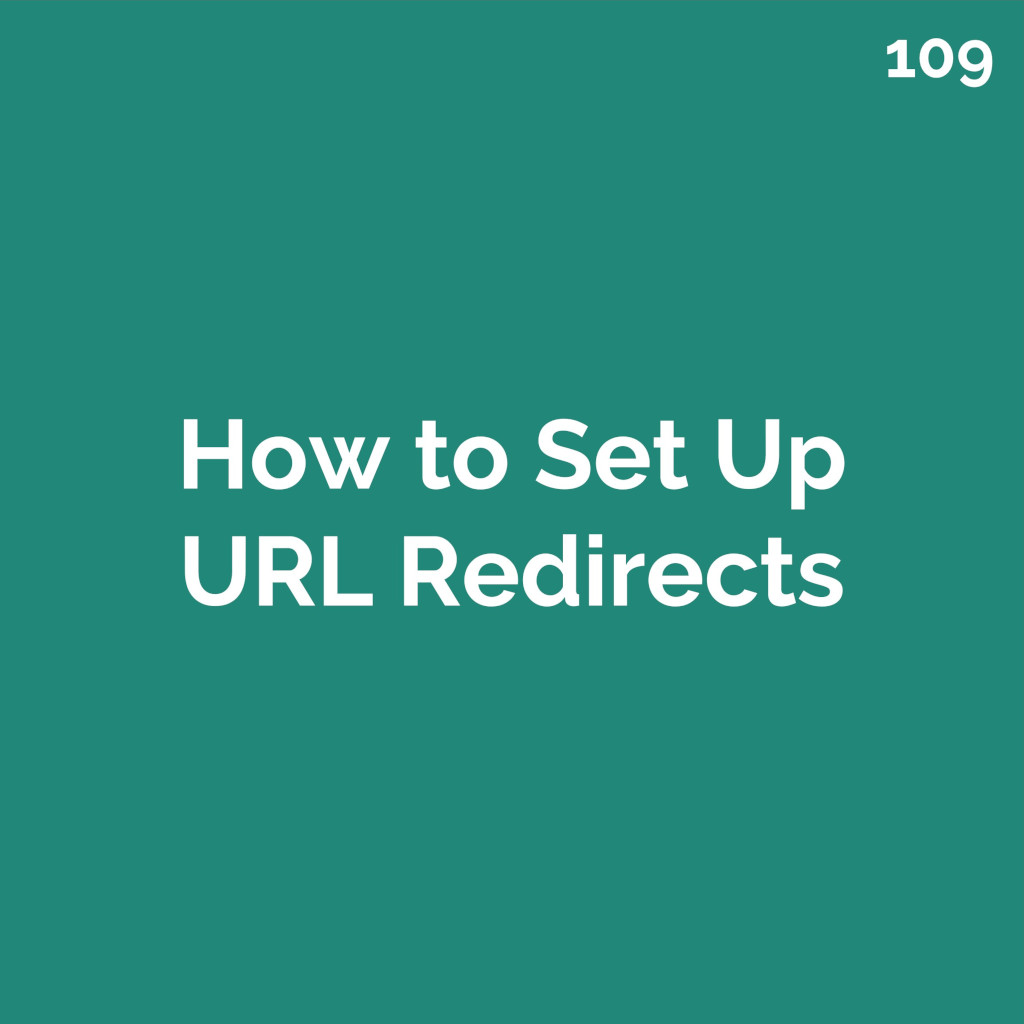How to Set Up URL Redirects to Improve SEO
Article 109 From the Complete Do It Yourself SEO Checklist For Small Business
URL redirects are essential for maintaining a seamless user experience and preserving your website’s SEO value when you change or remove pages. A redirect automatically sends visitors and search engines from one URL to another, ensuring they don’t encounter a frustrating “404 Page Not Found” error. This is especially important if you’re redesigning your website, moving to a new domain, or updating your page structure.
Redirects help keep your site’s SEO intact by passing ranking power from the old URL to the new one. Without a redirect, search engines may treat the new page as entirely separate, causing your rankings and traffic to drop. By setting up redirects, you preserve your site’s visibility in search results while guiding visitors to the correct content.
How to Set Up URL Redirects
Setting up redirects is straightforward with the right tools or hosting platform. Here’s how to do it:
- Use Your Website Builder or CMS
Most content management systems (CMS) like WordPress, Wix, or Squarespace have built-in tools for setting up redirects:- In WordPress, install a plugin like Redirection. Enter the old URL and the new URL, and the plugin will handle the redirect automatically.
- In Wix or Squarespace, look for the redirect or URL mapping feature in the site settings.
- Add Redirects in Your Hosting Panel
If your hosting provider offers a control panel like cPanel, you can set up redirects there:- Log in to your hosting account. Find the “Redirects” option in the cPanel dashboard.
- Specify the old URL and the new URL, and save the changes.
- Use an .htaccess File (For Advanced Users)
On Apache servers, you can add redirect rules directly to your .htaccess file. For example:
apache
Redirect 301 /old-page https://www.yoursite.com/new-page
Save the file, and the redirect will take effect.
Types of Redirects to Use
- 301 Redirect: Use this for permanent changes. It tells search engines to transfer the SEO value from the old URL to the new one.
- 302 Redirect: Use this for temporary changes, like a seasonal page you’ll bring back later.
For more detailed guidance, check out Google’s redirect documentation. Setting up URL redirects properly ensures your visitors and SEO rankings stay intact during any changes to your website.
Need Expert Help?
The team at Wisecrowd Design is standing by to help you with all facets of your website performance.


